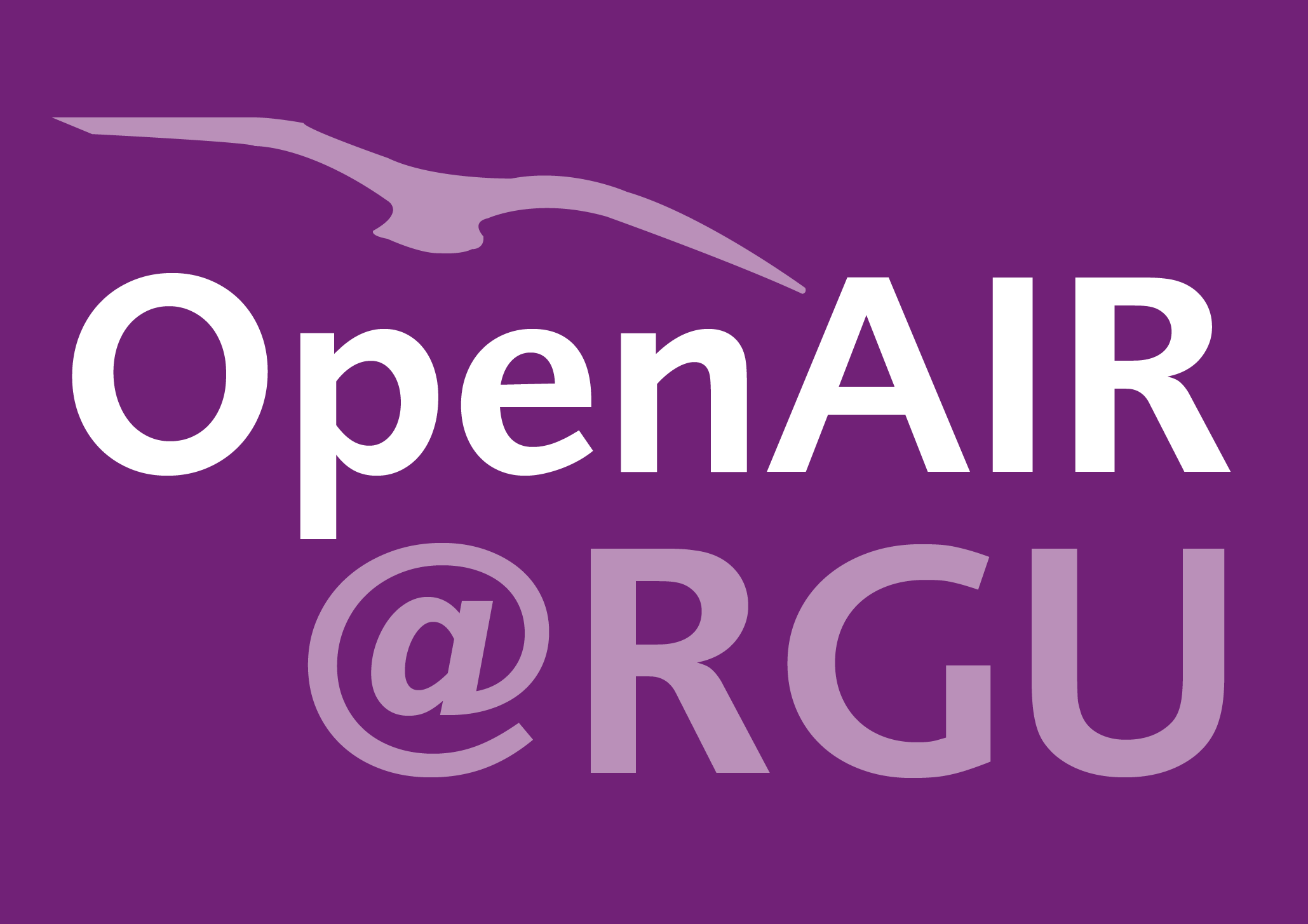Bruce John Chalmers
Accurate AVO modelling and reservoir characterisation of the upper cretaceous deepwater reservoirs in the Vøring Basin.
Chalmers, Bruce John
Authors
Contributors
Babs Oyeneyin
Supervisor
Abstract
In an exploration setting, reservoir characterisation is concerned with the identification of fluids and lithology. Seismic interpreters seek to distinguish hydrocarbons from brine and sand from shale. Amplitude vs offset (AVO) is a fundamental technique used for this purpose. AVO occurs when seismic sound waves encounter compressible Gas or Oil which reduces the compressional velocity or P-Velocity of the rock. Other properties, such as high porosity, can also cause an AVO effect similar to that of a hydrocarbon response. Therefore, AVO effects need to be accurately modelled before prospects can be drilled. The aim of this study is to apply AVO and other reservoir characterisation techniques to five wells from the Vøring Basin. In doing so, it can be established which of the techniques are most accurate in an exploration setting. The Vøring basin is an area dominated by deep-marine reservoirs which are a major play in oil and gas exploration. The acquired wells, three of which are dry wells and two of which are gas discoveries, targeted Upper Cretaceous reservoirs formed by deep-marine slope and submarine fan type environments (Morton et al. 2004). The associated facies vary from thick sheet sands to thin channels and shale rich lobes (Goodall et al. 2002). Avseth et al. (2011) suggest that geological data from wells can be linked to the seismic response and AVO using rock physics models whereas Connolly (1999) and Florez and Kuzmin (2015) propose a different approach which links geology to seismic through the use of impedance. This study aims to compare and contrast the forward modelling approach outlined by Avseth et al. (2011) and Simm and Bacon (2013) with that of the impedance approach from Connolly (1999) and Florez and Kuzim (2015). The initial part of this study is concerned with the interpretation of the raw well data. This enables a number of modelling steps to be applied. The results produced for each well are then compared using different plots or synthetic seismic models. In this study, the results obtained show several of the techniques provide a convenient way to discriminate fluid and lithology or estimate the seismic response but few, with the exception of Acoustic Impedance vs Gradient Impedance, cater for both needs. Traditional AVO classification does provide a basic understanding of the amplitude behaviour but is insufficient to completely discriminate hydrocarbons from brine. This reinforces the many studies that suggest that AVO cannot be relied upon as definitive direct indicator of hydrocarbons (DHI). Furthermore, the results of this study show that traditional AVO classification must by supplemented with additional steps such as stochastic modelling or fluid substitution, to be more effective at distinguishing hydrocarabons from brine. This study emphasises the need to take an integrated approach paying attention to key geological factors that influence reservoirs in a setting such as deep-water.
Citation
CHALMERS, B. 2017. Accurate AVO modelling and reservoir characterisation of the upper cretaceous deepwater reservoirs in the Vøring Basin. Robert Gordon University, MPhil thesis.
| Thesis Type | Thesis |
|---|---|
| Deposit Date | Feb 15, 2018 |
| Publicly Available Date | Feb 15, 2018 |
| Keywords | Reservoir; Characterisation; AVO; Geophysics; Rock physicsVÃ ring Basin |
| Public URL | http://hdl.handle.net/10059/2753 |
| Contract Date | Feb 15, 2018 |
| Award Date | Sep 30, 2017 |
Files
CHALMERS 2017 Accurate AVO modelling
(15.5 Mb)
PDF
Publisher Licence URL
https://creativecommons.org/licenses/by-nc/4.0/
Copyright Statement
© The Author.
Downloadable Citations
About OpenAIR@RGU
Administrator e-mail: publications@rgu.ac.uk
This application uses the following open-source libraries:
SheetJS Community Edition
Apache License Version 2.0 (http://www.apache.org/licenses/)
PDF.js
Apache License Version 2.0 (http://www.apache.org/licenses/)
Font Awesome
SIL OFL 1.1 (http://scripts.sil.org/OFL)
MIT License (http://opensource.org/licenses/mit-license.html)
CC BY 3.0 ( http://creativecommons.org/licenses/by/3.0/)
Powered by Worktribe © 2025
Advanced Search
